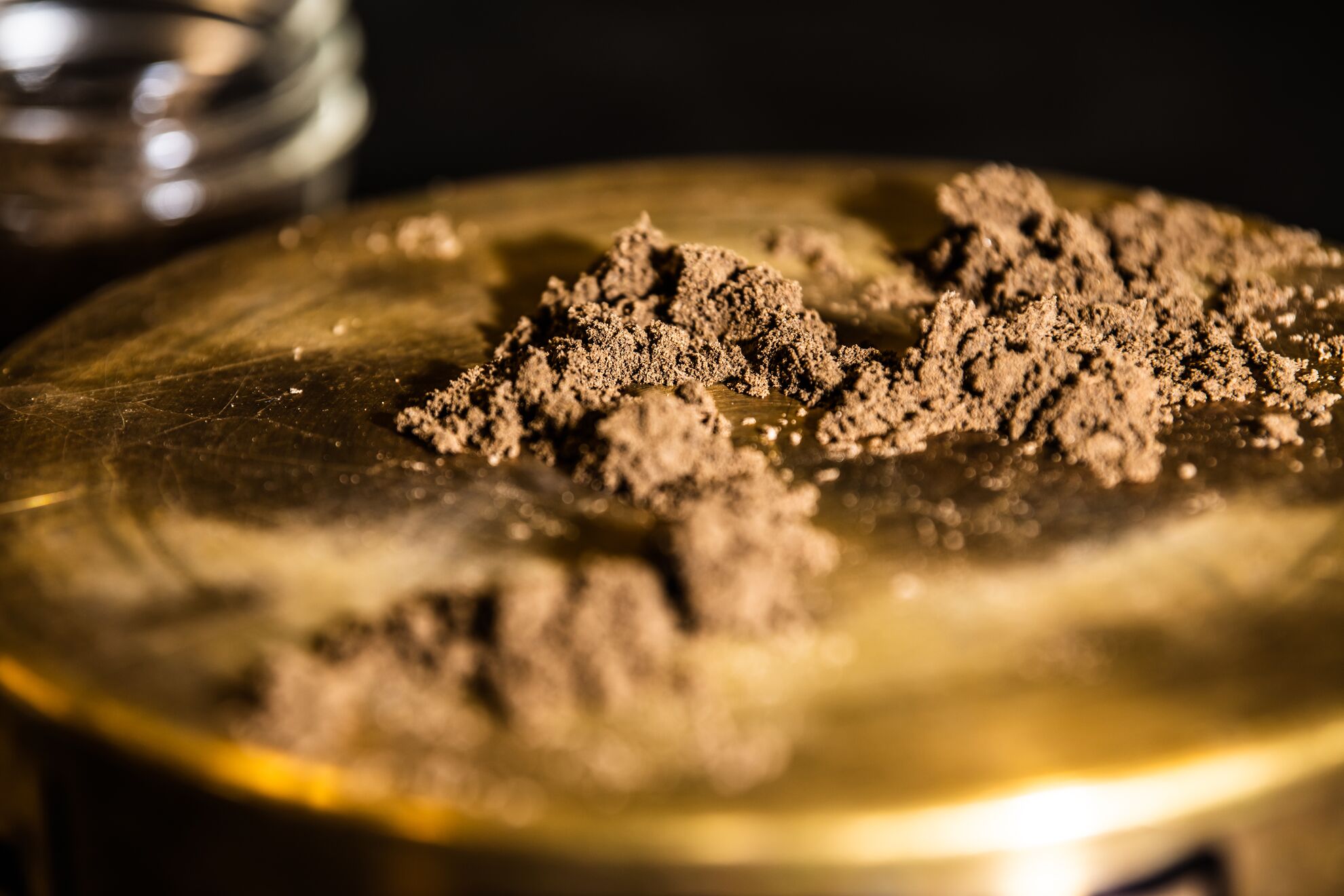RICHLAND, Wash.-Scientists have plumbed the depths of nearly 3,000 soil samples from around the globe to put together the heftiest atlas of soil viruses ever created-more than 600,000 fragments of DNA that are likely viruses.
But what are all those viruses doing in the soil? More than 97 percent are considered "viral dark matter" that have no known function, no connection to a specific host-something every virus needs to survive. That doesn't mean they're doing nothing; it simply means that scientists don't know what they're up to.
Scientists consider the new database a starting point for learning more. The team of scientists, led by the Department of Energy's Pacific Northwest National Laboratory, published the new Global Soil Virus Atlas online recently in the journal Nature Microbiology.
"We found a wealth of diversity among soil viruses-so much that our findings challenged the traditional ways of analyzing such data," said Emily Graham, the PNNL ecologist who led the study.
"We're hoping the database spurs technology development and becomes a launching point for others to generate specific hypotheses so we can understand the soil virosphere more fully," added Graham, who has a joint appointment with Washington State University. "We need to understand how this amazing diversity of viruses beneath our feet affects processes like plant productivity and carbon sequestration."

When it comes to microbes in the soil, viruses have played second fiddle to bacteria in the scientific community. Viruses are smaller and pack much less genetic information than bacteria, making them much harder to detect and measure.
While scientists know that bacteria play a mighty role in how the planet processes greenhouse gases, the role of viruses in Earth's vast soil reservoir has been a wild card. Researchers estimate that every gram of soil has millions of viruses, but understanding their role in climate has been elusive. Just how the vast underground virosphere might affect climate is a hot question among scientists.
With the publication of the Global Soil Virus Atlas, scientists finally have a peek at the hand that viruses might play in climate.
Viral diversity
There is one clear overarching message from the new analysis: Diversity rules the underground viral world.
The team identified more than 1.4 million viral genes that comprised 616,935 likely viruses. Researchers sorted those viruses into 38,508 groups known as operational taxonomic units, a term that is used similarly to "species" when describing other organisms. About 90 percent of those groupings had never been seen before.
The team looked at the way those units were spread across the samples and found that the soil samples bore little resemblance to one another. Indeed, the samples suggest a diversity unprecedented in the underground microbial world. Most of the units-86 percent-were found only once in the 2,953 samples. Less than 1 percent were found in more than five samples.
Unexpectedly, the team found that viruses in samples that were near each other, even just 30 feet away, were very different from each other. That's unlike bacteria, which are usually much more alike when in the same ecosystem.
"We've found a community of viruses with a diversity beyond anything we've seen in bacteria," said Graham.
The atlas is the result of work by dozens of scientists around the world. They collected samples from Africa, Asia, Australia, Europe, North America and South America. Then came the sample preparation and analysis: extracting the DNA, slicing up the genetic material, amplifying the DNA, then analyzing and sequencing the samples. And finally, researchers with one thing in common, besides the study-the ground we walk on-pooled and analyzed the results.
The work was funded by DOE's Office of Science. In addition to Graham, PNNL authors include Ruonan Wu; Janet Jansson; Kirsten Hofmockel, who has a joint appointment with Iowa State University; and Jason McDermott, who has a joint appointment with Oregon Health & Science University. Of the 2,953 soil samples analyzed in the study, nearly half came from the Integrated Microbial Genomes & Microbiomes data portal compiled and maintained by the DOE Joint Genome Institute, a DOE Office of Science user facility. JGI tools including CheckV and geNomad were used for virus identification and analysis.
Authors of the study are from PNNL, JGI, Kyoto University in Japan and a newly established Soil Virosphere Consortium that includes authors from around the globe.






